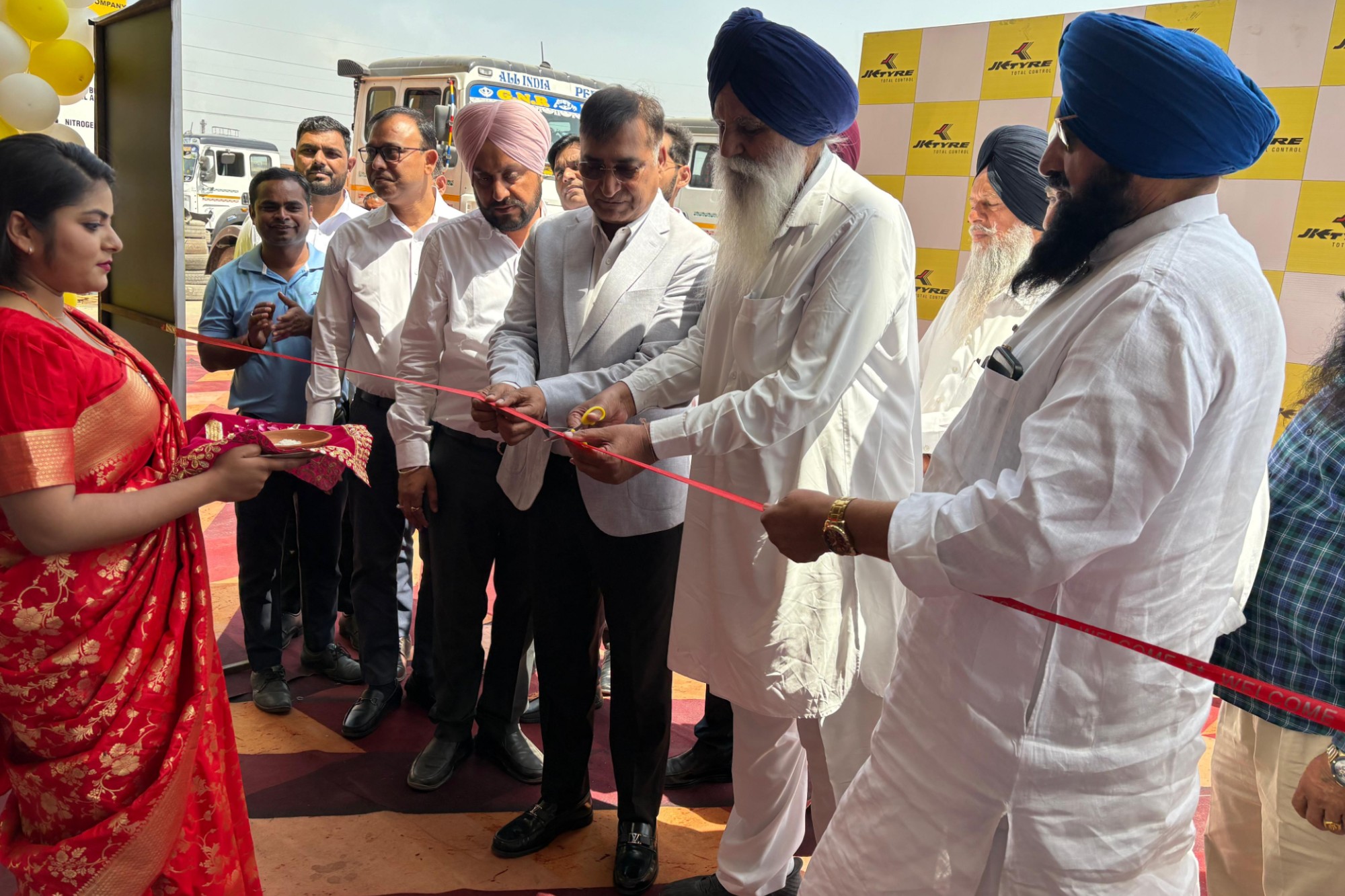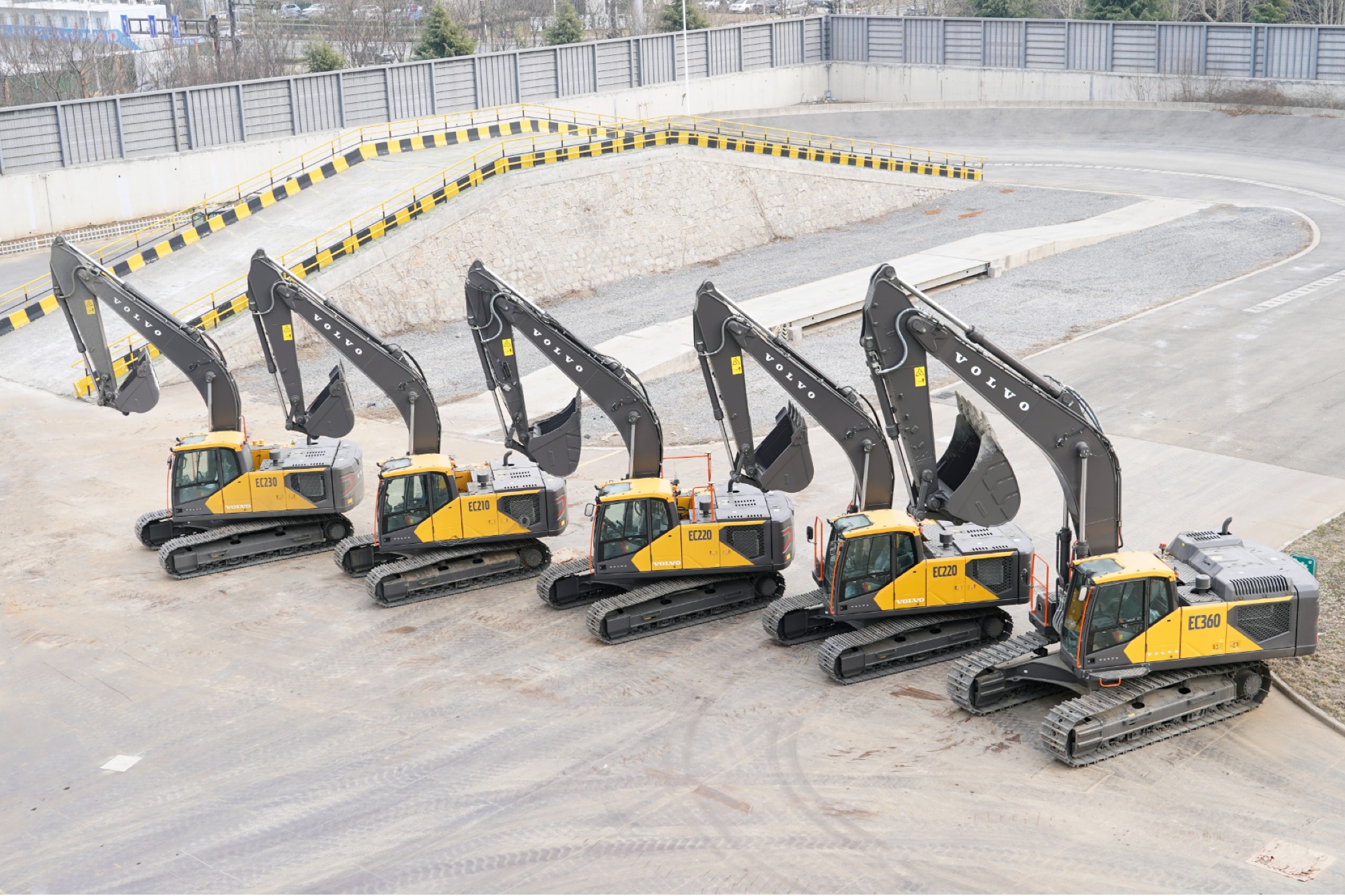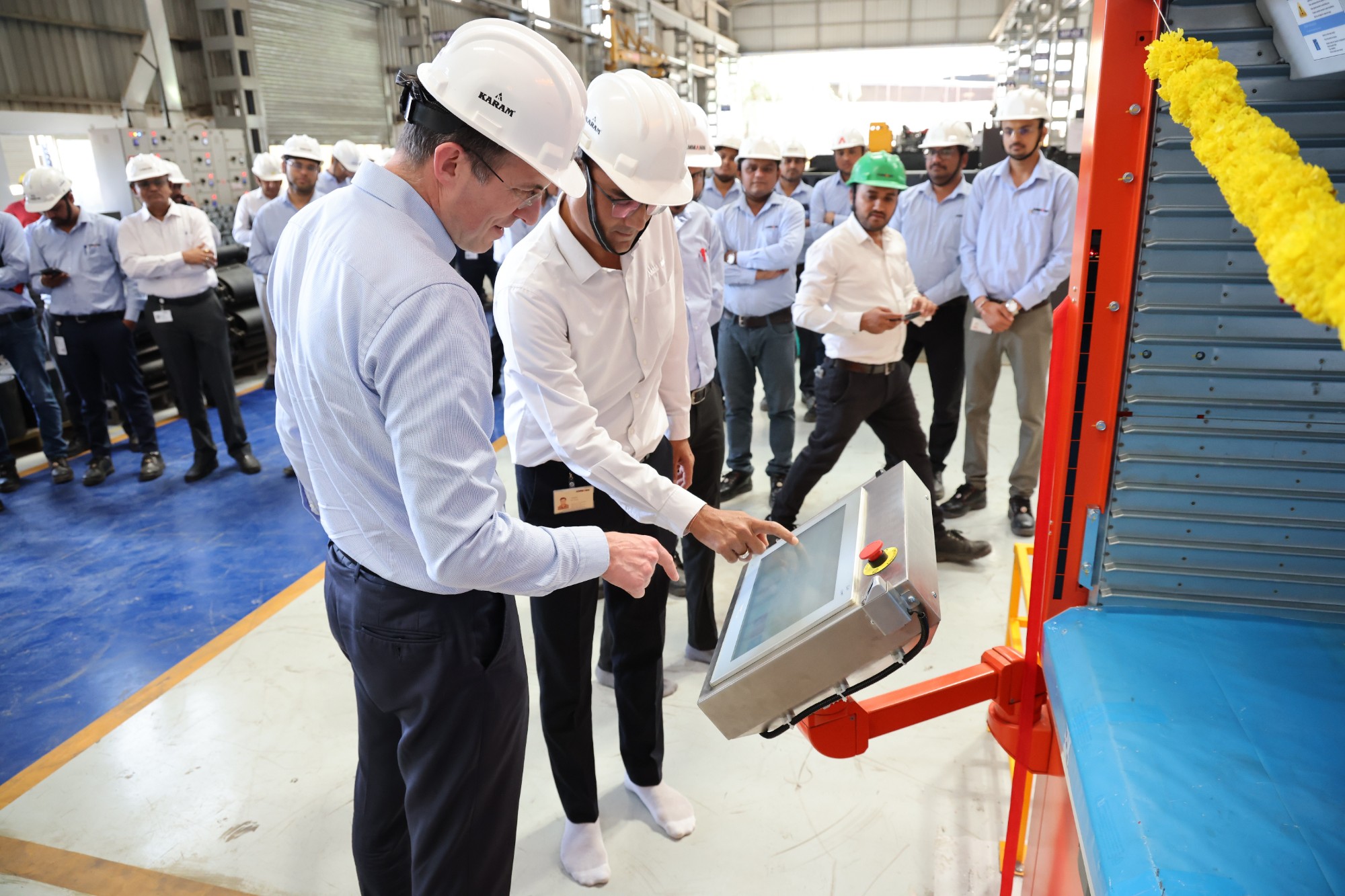Digital Twin Policy drives Indian infrastructure into the future
By Edit Team | July 16, 2024 5:27 pm SHARE

GeoSpatial World’s study recommends India’s National Digital Twin Policy, which will use AI and geospatial technology to alter infrastructure and line with Vision 2047’s aims for sustainable growth.
In a landmark moment for India’s infrastructure sector, GeoSpatial World, a leading think tank in the field of space, geospatial, and digital twin technologies, has unveiled a pivotal study revealing the urgent need for a National Digital Twin Policy that would augment ongoing deep tech strategies like space, geospatial, AI, and Deep Sea Mission and also amplify their collective impact towards productivity gains and sustainable and resilient India.
This comprehensive policy framework is expected to be a game changer for the country’s infrastructure development, aligning with India’s ambitious Vision 2047 ambitions while also addressing existing and future issues.
India’s infrastructure sector is on the verge of a significant revolution. As the country strives to become a $40 trillion economy by 2047, the need of modern technologies in managing and expanding infrastructure projects has never been greater.
The study conducted by Geospatial World and TechKnowMics under the auspices of Think Tank on Digital Twin Strategy for Indian Infrastructure concludes that a National Digital Twin Policy could provide strategic technology integration and a whole-of-data approach across the entire lifecycle of Indian infrastructure, which is critical to achieving these lofty goals.
This strategy would make use of Digital Twin technology, which involves real-time digital modelling of physical assets, processes, and systems. It would also use advanced tools such as Geographic Information Systems (GIS), Building Information Modelling (BIM), Artificial Intelligence (AI), and the Internet of Things (IoT).
“In the face of monumental infrastructure demands, a National Digital Twin Policy is not just a vision but a necessity,” says Sanjay Kumar, CEO of Geospatial World. “Our study reveals that Digital Twin technology can significantly enhance planning, execution, and maintenance of infrastructure projects, advancing the vision of Prime Minister towards ‘Coalition for Disaster Resilient Infrastructure (CDRI)’ positioning India at the forefront of global infrastructure innovation”.
According to Kamal Kishore, Assistant Secretary General of the UN Office on Disaster Risk Reduction, providing resilient infrastructure to natural disasters is critical to long-term economic growth, prosperity, and human development. While the concept of resilient infrastructure is straightforward, its overall execution necessitates a dynamic approach based on the use of modern and disruptive technologies such as geospatial, BIM, and, in particular, Digital Twin, which provides a vast platform for the integration of modern technologies and contributes at every stage of infrastructure development, including planning, construction, operations, and maintenance.
This study describes the value proposition of deploying Digital Twins in Indian infrastructure projects to deliver comprehensive and actionable insights into early warning, fast reaction, increased public safety, and infrastructure damage reduction to ensure long-term sustainability.
In 2023, India’s infrastructure market was valued at INR 15.47 lakh crore, demonstrating the sector’s rapid expansion and critical significance in the country’s economic development. To meet future demands and sustain growth, India will need to acquire investments worth more than INR 374 lakh crore by 2040.
The 2023-24 Union Budget demonstrates a strong commitment to infrastructure, with INR 10 lakh crore allocated—a 33 percent increase over the previous year and 3.3 percent of the country’s GDP. Despite these enormous efforts, there are some significant gaps and difficulties that must be addressed.
Mr Kumar also emphasises, “The potential of Digital Twin technology to transform infrastructure management cannot be overstated. By providing detailed simulations and real-time data, Digital Twins offer a pathway to overcome existing challenges and to proactively shape the future of India’s infrastructure sector.”
The report focuses on how Digital Twin technology handles numerous critical difficulties in the infrastructure sector today. For example, there is an urgent need to close gaps in transportation and utility services, manage budget constraints, and address a trained professional shortage in engineering and construction.
Amit Ghosh, Additional Secretary, Ministry of Social Justice, emphasised that stakeholders must advocate and implement a long-term integrated infrastructure development strategy to effectively manage the country’s multidimensional infrastructure vision, as opposed to the previous approach of need-based and siloed infrastructure planning. To maximise the value of capital investment, integrated infrastructure is vital, and Prime Minister Gati Shakti’s National Master Plan is one of the Government of India’s groundbreaking endeavours.
This, in turn, would provide efficient connectivity, powered by numerous schemes like as the National Infrastructure Pipeline (starting in 2019), with a target investment on infrastructure development of more than USD 1.8 trillion by 2025.
Furthermore, the strategy would address complex legal frameworks and land acquisition difficulties, as well as the challenges of integrating new technology and guaranteeing fair access. The Digital Twin Policy will provide a platform for leveraging and reaping the benefits of the Indian government’s strategic endeavours in space, GIS, AI, deep sea, and drones. Most of these projects would provide a wealth of data through a range of innovative sensors in near real-time, and digital twin policy would supplement its holistic application for Indian infrastructure, says Ananya Narain, VP Consulting.
The benefits of enacting a National Digital Twin Policy are varied. Digital Twins provide a variety of benefits throughout the infrastructure lifecycle. During the planning and design phases, these technologies allow for exact site surveys and the construction of detailed 3D models. Advanced techniques, such as UAV-based LIDAR and radar interferometry, can produce high-resolution data, enhancing site selection and management while potentially increasing energy efficiency by 30 percent and reducing project reworks by 20 percent.
During the construction phase, Digital Twin technologies streamline workflows, increasing production output by 10 percent while lowering asset management downtime by 30 percent. This efficiency extends into the operations and maintenance stages as well. Digital Twins supports continuing asset management and risk mitigation through web-based GIS systems and advanced sensors.
Sustainability is a significant benefit of the National Digital Twin Policy. Digital Twins promotes environmentally friendly designs, reduces waste, and improves energy efficiency by modelling numerous scenarios. For example, by analysing energy usage patterns, these technologies might assist discover possibilities to reduce carbon footprints in infrastructure projects, which aligns with Vision 2047’s environmental aims.
The Digital Twin Policy also has a significant economic benefit. The system enables predictive analytics for early risk detection, improves resource utilisation, and lowers project costs. The capacity to run scenario simulations and risk assessments leads to better decision-making and faster project execution.
The paper also emphasises the importance of geospatial technology to the success of the National Digital Twin Policy. The urban development geospatial industry is anticipated to be worth INR 3,445 crore by 2025, indicating the growing importance of GIS in infrastructure planning. Advanced sensors and scanners, such as LiDAR and GPR, are critical for terrain mapping and asset management, with the transport infrastructure sector’s geospatial market expected to reach INR 2,470 crore by 2025.
Looking ahead, the National Digital Twin Policy envisions advanced uses of Digital Twin technologies, such as predictive analysis, lifecycle integration, and AI-driven performance optimisation. The policy’s strategic aims also include establishing industry-wide standards, encouraging innovation, and boosting collaboration in the Digital Twin sector.
Mr Kumar concludes, “The introduction of a National Digital Twin Policy marks a new era for India’s infrastructure sector. By embracing this technology, India can lead the way in innovative, efficient, and sustainable infrastructure development. This policy is not just about meeting future demands; it’s about setting a new standard for excellence in infrastructure management.”
Cookie Consent
We use cookies to personalize your experience. By continuing to visit this website you agree to our Terms & Conditions, Privacy Policy and Cookie Policy.





















































